Exhibition shows how people's view of nature has changed through the ages
Claude Lorrain, Landscape with Argus Guarding lo, ca 1644/45. Photo credit: Harry Cory Right/By permission of the Earl of Leicester and the Trustees of the Holkham Estate.
STOCKHOLM.- This autumn's exhibition at Nationalmuseum opened on 17 September and features French and Italian art from primarily the 17th century but also French and Nordic art until the turn of the 20th century. The exhibition shows how people's view of nature has changed through the ages and also addresses the many classical stories conveyed in the paintings. Artists on display include Claude Lorrain, Nicolas Poussin and Salvator Rosa and, from more contemporary times, Prince Eugen, Anna Boberg and Otto Hesselbom.
The exhibition Arcadia – A Paradise Lost is about an escape from reality and an eternal longing beyond civilization. It illuminates myths, poems and love stories and asks questions about the role of human beings in nature – then and now. The motifs are landscape and nature, but when you examine the pieces more closely you can discover stories drawn from fairy-tales and literature that take place in the glades. Along with the works from Nationalmuseum's collections on display in the exhibition, a number of famous works of art have been borrowed from museums such as the Dulwich Picture Gallery, Hamburger Kunsthalle, the National Gallery in London, Nivaagaards Malerisamling, Moderna Museet, The Earl of Leicester and the Trustees of the Holkham Estate and The Eastnor Castle Collection. The exhibition also features a newly discovered early painting by Claude Lorrain, which is in the Swedish Academy's possession, Landscape With Rural Dance.
Claude Lorrain, Landscape with Country Dance, 1634. Oil on canvas. Svenska Akademien/The Swedish Academy. ©John Hammond 2017/Svenska Akademien
Arcadia is both the name of a region in Greece as well as a landscape for the imagination. During the 17th century, artists in Rome began to create the image of Arcadia based on the city’s surroundings, with ruins and isolated pastures. It became a specific category in painting, which is often referred to as ideal or classical landscape.
From ancient literature and poems from the Renaissance sprung the image that it was a place of untouched nature, where shepherds met and could rest in glades next to rippling water springs. The dreamy landscapes on which the exhibition focuses contain hidden, poetic stories about human existence and living conditions. They are often about life, death, eroticism and the meaning of existence beyond civilization.
The most well-known names in art during the 17th century were artists such as Claude Lorrain, Nicolas Poussin and Gaspard Dughet. In addition to these, there was also Salvator Rosa, who developed a type of landscape painting that had a darker vein, characterised by barren cliffs, gnarled trees and ravines that he chose to inhabit with mercenary soldiers, robbers and hermits. During the 18th century, more versions were added to this which emphasised playfulness and role playing in shaded park landscapes by artists such as Antoine Watteau and Jean-Baptiste Pater. The classic Italy-based landscape painting underwent a renaissance in the early 19th century but towards the middle of the century the connection between nature and nation grew to become more and more important. Artists should not search for beauty in Southern Europe, but should instead begin to depict nature in their own countries, as part of constructing national identity. This signified the beginning of national romanticism landscape art, which has for a long time influenced how we view beauty in nature.
The more idea-based discussions surrounding the human image of nature are deepened in a few smaller rooms in the exhibition by a collaboration with Färgfabriken. At this point the exhibition leaves Arcadia to explore the industrialised society’s relationship with nature on the theme of hinterland. A number of pieces from Nationalmuseum’s collections by artists such as Prince Eugen, Axel Sjöberg and Anna Boberg are discussed and displayed based on contemporary discussions on natural resources, urbanisation and climate issues. Photographs taken by photographer Suvra Kanti Das from Bangladesh are also featured here.
The exhibition is enriched with a richly illustrated publication presenting the theme Arcadia from different perspectives. Writers are Martin Olin, Anna Blennow, Helen Langdon, Daniel Prytz and Daniel Urey. Malte Persson contributes with the poem Aeneas in Arcadia, which is a poetic comment on the exhibition's images and themes and which is published for the first time.
François Boucher, View of Tivoli with the Temple of Vesta. Oil on canvas. Nationalmuseum. Photo: Anna Danielsson/Nationalmuseum.
Louis-Jean-François Lagrenée the Elder, Diana and Endymion, 1768. Oil on copper. Nationalmuseum. Photo: Cecilia Heisser/Nationalmuseum.
Claude Lorrain, Landscape with Rebekah Taking Leave of her Father, 1640 – 1641. Oil on canvas. Nationalmuseum. Photo: Cecilia Heisser/Nationalmuseum.
Nicolas Poussin, Bacchus-Apollo, 1620 – 1625. Oil on canvas. Nationalmuseum. Photo: Cecilia Heisser/Nationalmuseum.
Claude Lorrain, Jacob with Laban and his Daughters, 1676. Oil on canvas. Dulwich Picture Gallery. Photo: Dulwich Picture Gallery, London, UK.
Claude Lorrain, Aenas and Dido in Carthage, 1675–1676. Oil on canvas. Hamburger Kunsthalle. Photo: Elke Walford.
Achille Etna Michallon, Marmore Falls, Near Terni, Italy, 1820. Oil on canvas. Nationalmuseum. Photo: Cecilia Heisser/Nationalmuseum.
Antoine Watteau, The Love Lesson, ca. 1716-1717. Oil on wood. Nationalmuseum. Photo: Nationalmuseum.
Salvator Rosa, The Death of Empedocles, ca. 1665/70. Oil on canvas. Eastnor Castle Collection. © Sam Furlong/Weddingsbysam.co.uk
Nicolas Poussin, Nymph with Satyrs, 1627. Oil on canvas. National Gallery, London. © The National Gallery, London. Holwell Carr Bequest, 1831
Gaspard Dughet, circle of, Landscape in a Storm with Shepherds and Cattle. Oil on canvas. Nationalmuseum. Photo: Linn Ahlgren/Nationalmuseum.
Salvator Rosa, A Rocky Landscape with a Tree and Two Figures, 1660s. Pencil, pen and ink with white Heightening. Nationalmuseum. Photo: Cecilia Heisser/Nationalmuseum.

Claude Lorrain, Landscape with the Flight into Egypt, ca. 1646. Oil on canvas. Nivaagaards Malerisamling. Photo: Nivaagaards Malerisamling.

Maurice Blot after Nicolas Poussin, The Shepherds of Arcady (Et in Arcadia ego). Engraving after Poussin’s painting in the Musée du Louvre. Nationalmuseum. Photo: Anna Danielsson/Nationalmuseum.

Nicolas Poussin, The Nurture of (Zeus) Jupiter, 1636/37. Oil on Canvas. Dulwich Picture Gallery. © Dulwich Picture Gallery, London, UK.
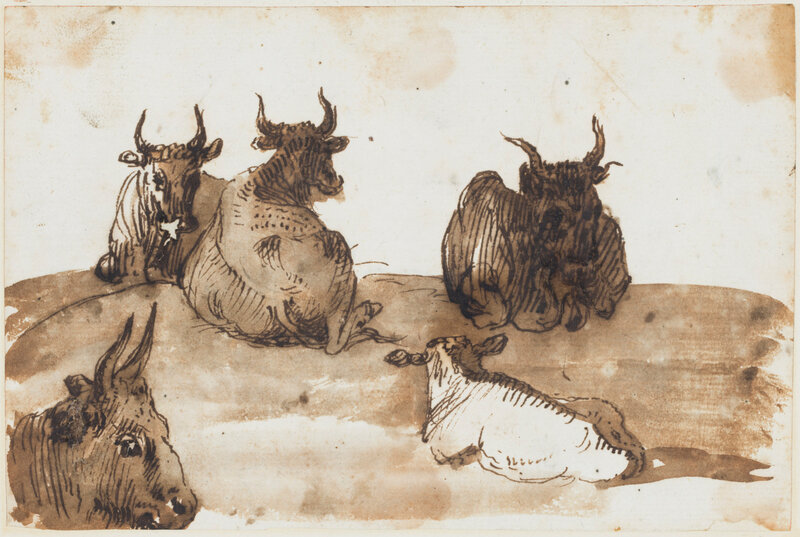
Claude Lorrain, Cattle. Pen and brown ink, brown wash, on paper. Nationalmuseum. Photo: Cecilia Heisser/Nationalmuseum.

Jean-Baptiste Pater, A Company of Bathers in a Park, ca. 1730. Oil on canvas. Nationalmuseum. Photo: Cecilia Heisser/Nationalmuseum.
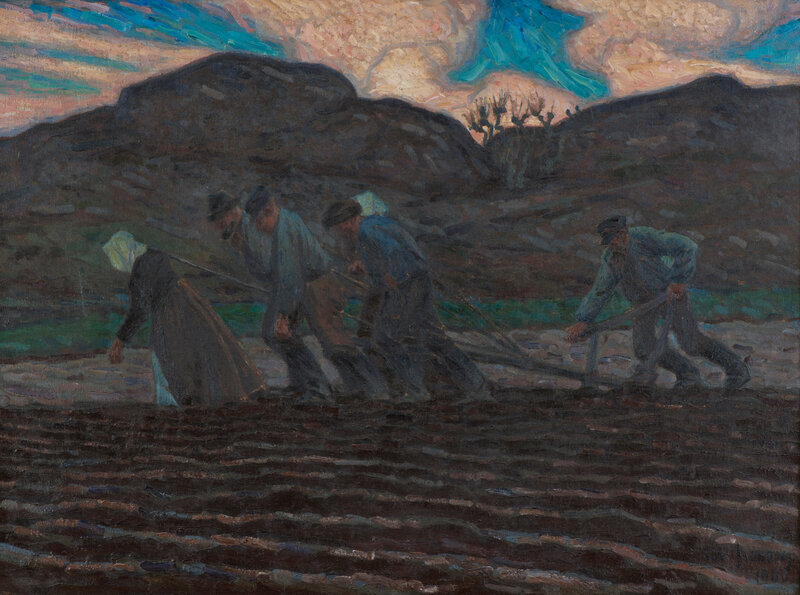
Axel Sjöberg, Farmwork on the Seaward Skerries I, 1900. Oil on canvas. Nationalmuseum. Photo: Hans Thorwid/Nationalmuseum.

Carl Fredrik Hill, Stonequarry by the River Oise II, ca. 1877. Oil on canvas. Nationalmuseum. Photo: Cecilia Heisser/Nationalmuseum.
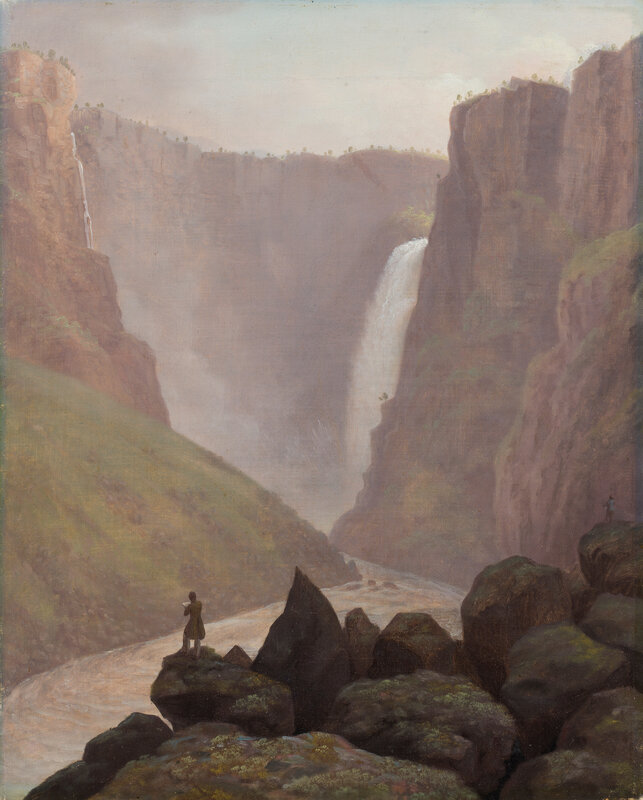
Wilhelm Maximilian Carpelan, The Vøringsfossen Waterfall, Norway, 1824. Oil on canvas. Photo: Cecilia Heisser/Nationalmuseum.

Otto Hesselbom, Our Country. Motif from Dalsland, 1902. Oil on canvas. Nationalmuseum. Photo: Nationalmuseum.

Suvra Kanti Das, Man by the Water – Ruined Landscape, 2011. Photograph. Private collection. © Suvra Kanti Das.
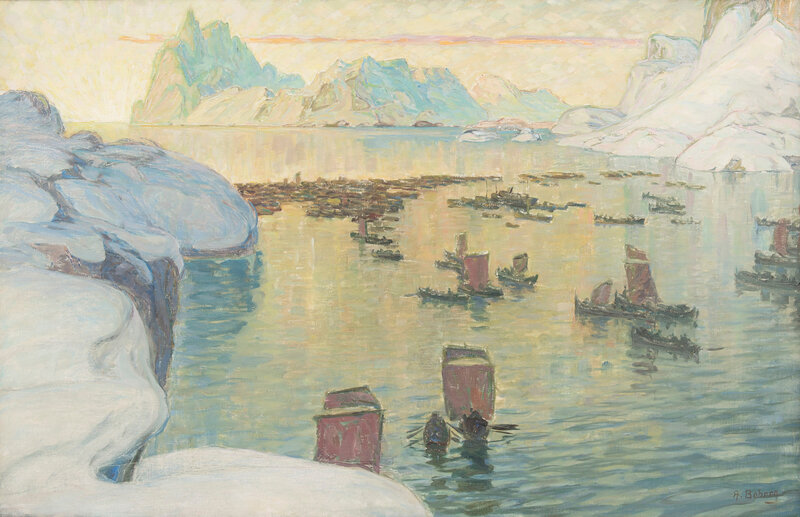
Anna Boberg, The Fishing Fleet Going Out. Study from North Norway, ca. 1910. Oil on canvas. Nationalmuseum. Photo: Linn Ahlgren/Nationalmuseum.

Robert Thegerström, On the Outskirts of the City. Oil on wood. Nationalmuseum. Photo: Cecilia Heisser/Nationalmuseum.

Prince Eugen of Sweden, The Factory. View from Waldemarsudde towards the Old Saltsjökvarn. Oil on canvas. Nationalmuseum. Photo: Erik Cornelius/Nationalmuseum.

/https%3A%2F%2Fprofilepics.canalblog.com%2Fprofilepics%2F1%2F0%2F100183.jpg)
/https%3A%2F%2Fstorage.canalblog.com%2F03%2F02%2F119589%2F96711876_o.jpg)
/https%3A%2F%2Fstorage.canalblog.com%2F11%2F31%2F119589%2F94773502_o.jpg)
/https%3A%2F%2Fstorage.canalblog.com%2F20%2F83%2F119589%2F94772815_o.jpg)
/https%3A%2F%2Fstorage.canalblog.com%2F26%2F72%2F119589%2F75604929_o.jpg)
/https%3A%2F%2Fstorage.canalblog.com%2F59%2F60%2F119589%2F26458628_o.jpg)



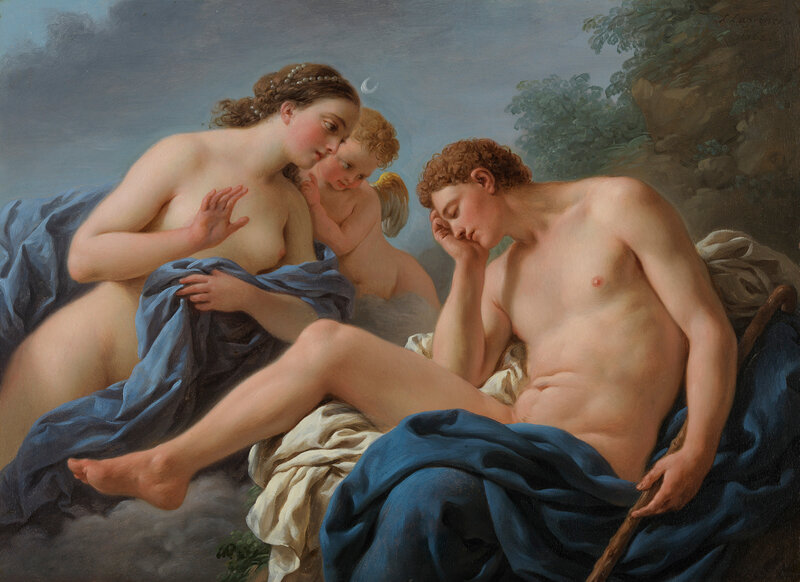

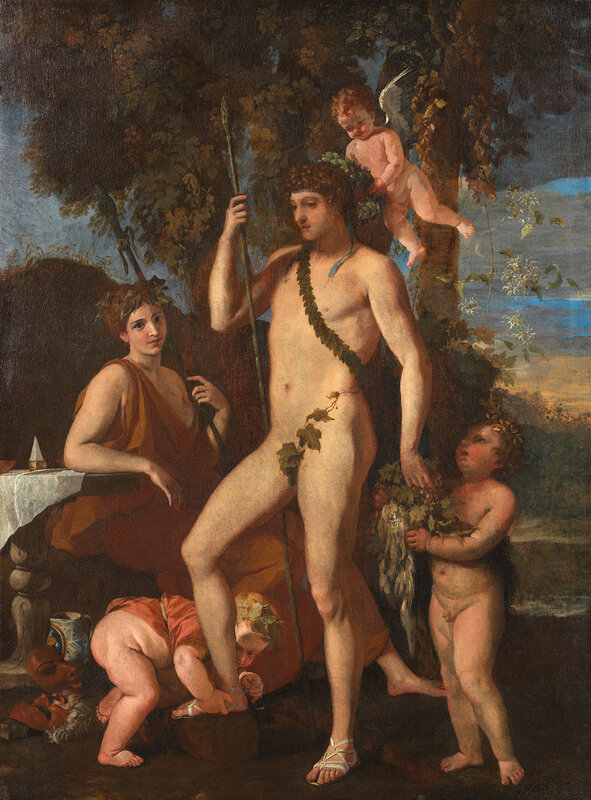



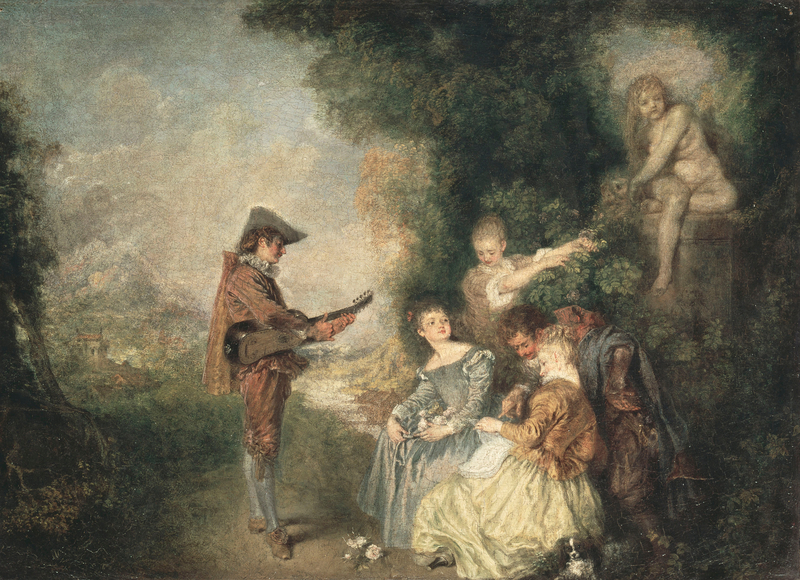
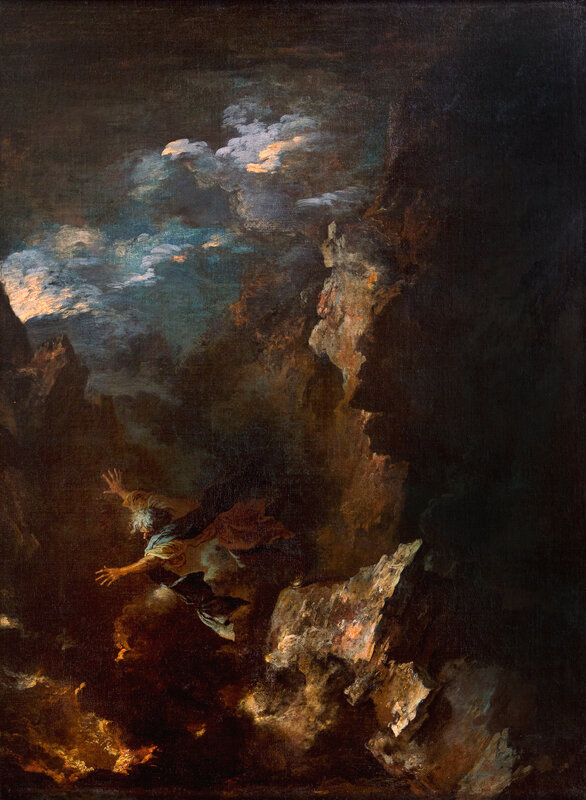

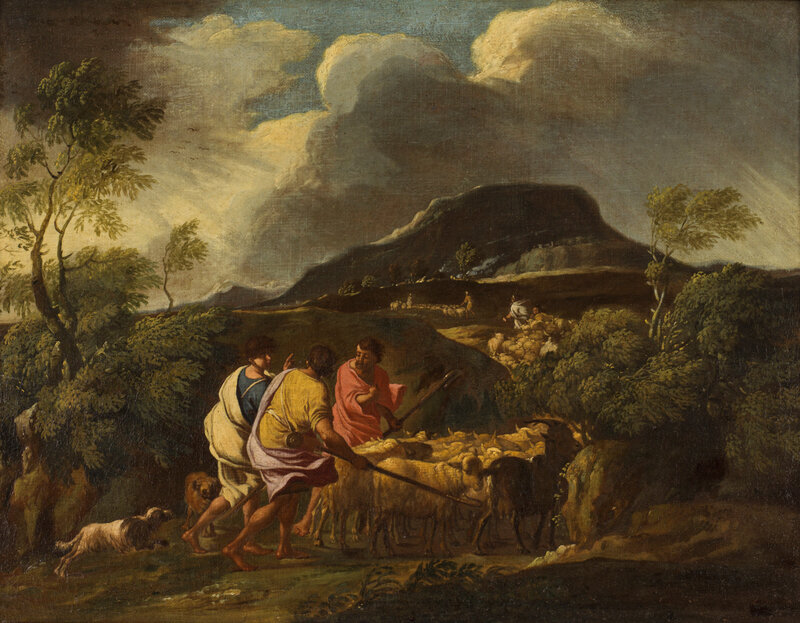



/http%3A%2F%2Fstorage.canalblog.com%2F19%2F23%2F119589%2F128179837_o.jpg)
/http%3A%2F%2Fstorage.canalblog.com%2F69%2F00%2F119589%2F125984989_o.jpg)
/http%3A%2F%2Fstorage.canalblog.com%2F07%2F41%2F119589%2F112792921_o.jpg)
/http%3A%2F%2Fstorage.canalblog.com%2F41%2F80%2F119589%2F111569918_o.jpg)